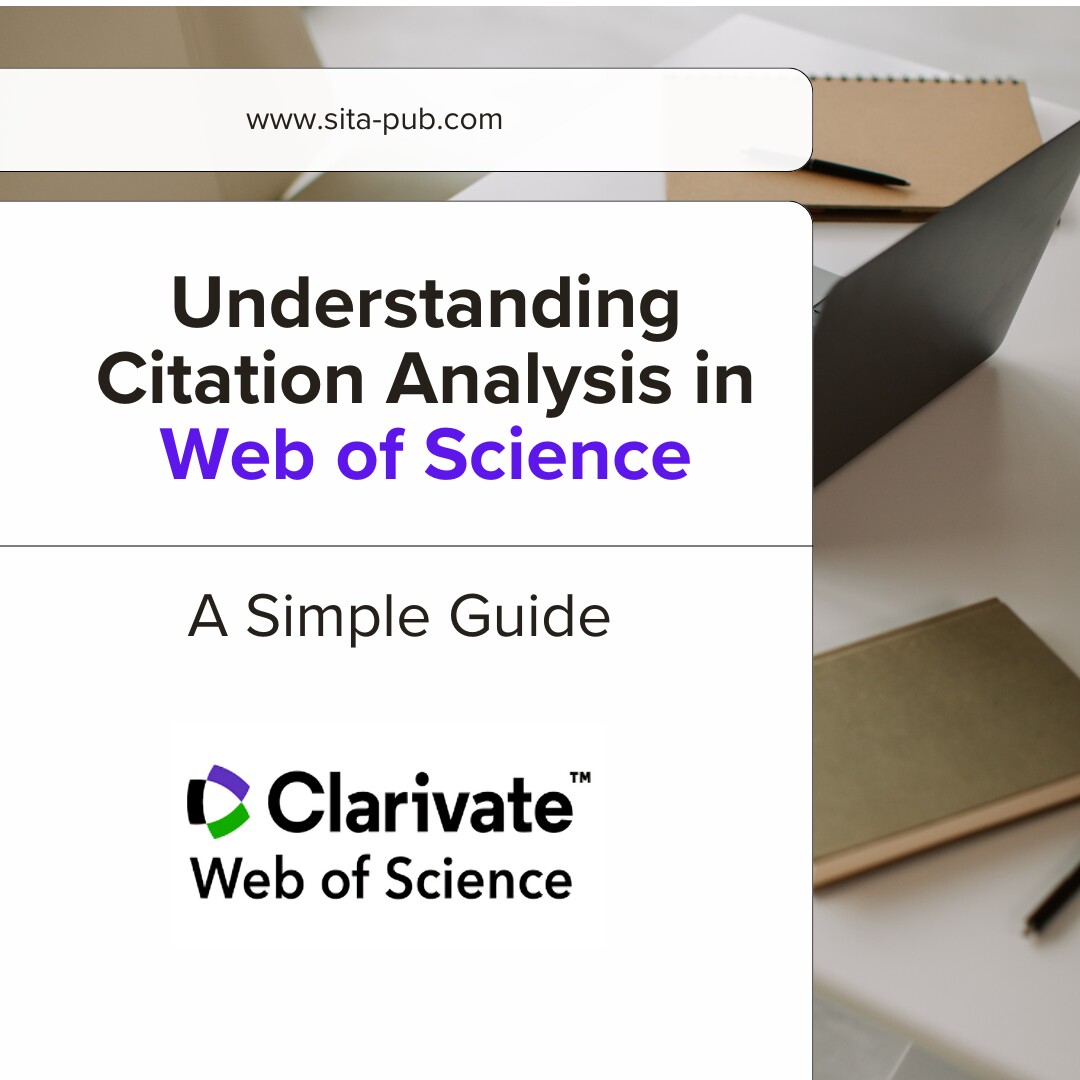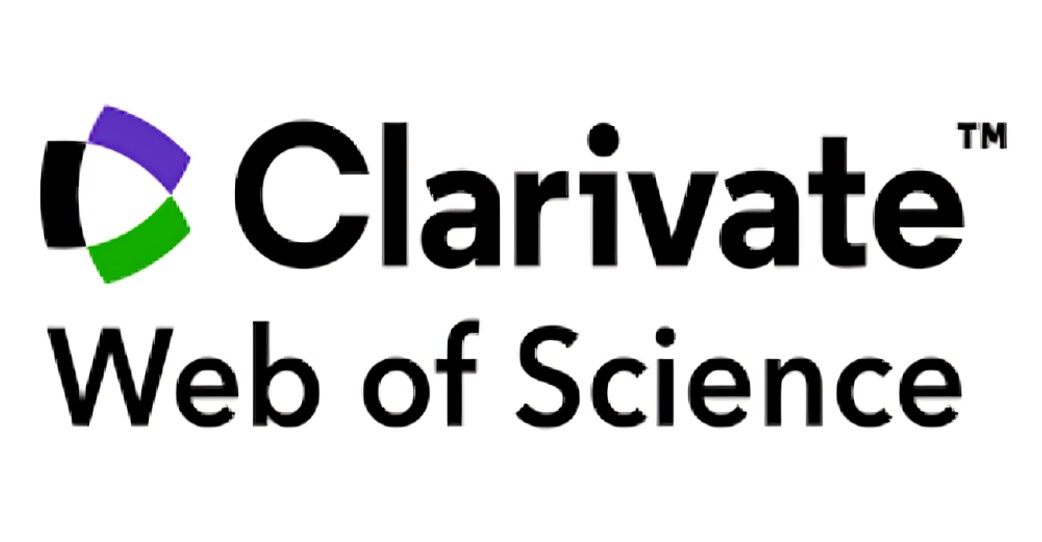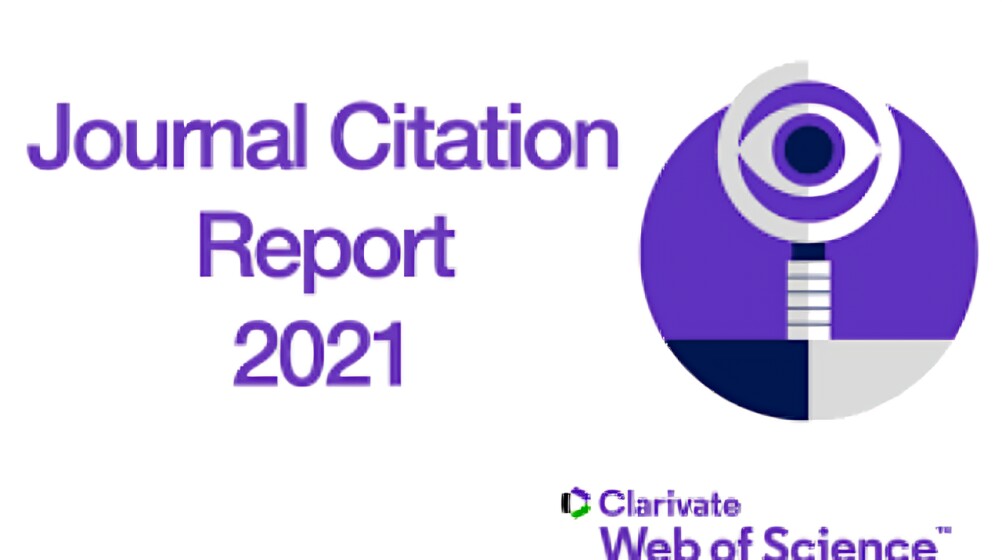Understanding Citation Analysis in Web of Science: A Simple Guide


Imagine Web of Science as a giant library for research papers, but it does more than just store them. It helps scientists understand how impactful their work is by tracking how often other researchers mention their papers in their own research. This process is called citation analysis, and it's like a popularity contest for research.
Think of it like this: if a book is frequently referenced in other books, it suggests a significant influence on the field. Similarly, when a research paper is cited by numerous other researchers, it indicates its contribution to the ongoing conversation and its influence on subsequent research.
Web of Science acts as a central hub for tracking these citations, providing researchers with a comprehensive picture of how their work is being used and recognized within the academic community.
Web of Science meticulously collects and organizes citations from a vast array of international journals, conference proceedings, and other scholarly sources. This comprehensive database provides researchers with a rich dataset for analysis, allowing them to explore the interconnectedness of research across diverse disciplines.

Web of Science uses special numbers called metrics to measure the impact of a research paper or journal. These numbers provide a quantitative way to understand how influential a work is:
Impact Factor: This number shows how often papers in a specific journal are cited. A higher impact factor means the journal is considered more important. It's like a popularity score for the journal.
5-Year Impact Factor: This is similar to the impact factor, but it looks at citations over a longer period, giving you a better idea of long-term influence. It shows how influential a journal has been over time.
Immediacy Index: This number shows how quickly a paper is being cited. If it's high, it means the paper is getting attention right away. It reflects the immediate impact of a research paper.
Cited Half-Life: This tells you how far back in time people are still citing papers in a specific journal. If it's high, it means the research in that journal stays relevant for a long time. It shows how long the research in a journal remains influential.
The Journal Citation Reports (JCR) is a special section within Web of Science that ranks journals based on their metrics. This helps researchers choose the best places to publish their work, knowing that their research will be seen and cited by other researchers.

While these numbers are helpful, it's important to remember that they are not the only measure of impact. Other factors, such as the size and maturity of a field, publication bias, and the specific metrics used, can influence citation counts. Researchers should use citation analysis as one tool among many for understanding the value of research.

By understanding how Web of Science works, researchers can use it to:
Track how many times their own papers are cited.
Find influential papers and scientists in their field.
See how their work compares to others.
Choose the best journals to publish their work.
Web of Science is a valuable tool for scientists to understand how their work is impacting the world. It helps them see how influential their research is and make informed decisions about their work. By understanding how citations work and using the tools provided by Web of Science, researchers can navigate the dynamic world of academic influence and contribute to the advancement of knowledge.
Let SITA Help You Navigate the Complexities of Academic Publishing
Are you ready to see your research reach its full potential?
SITA offers comprehensive support to researchers, assisting with:
Journal Selection: We help you identify the most suitable journals for your work, considering scope, audience, and impact factors.
Manuscript Formatting: Our team provides expert assistance on formatting manuscripts that meet journal requirements and effectively communicate your findings.
Manuscript Submission: We offer insights and strategies to maximize your chances of publication success, including tips for navigating the peer review process.
Our team of experienced professionals can help you:
Navigate the complexities of academic publishing.
Ensure your work reaches a wider audience.
Achieve your publishing goals.
If you have any questions, inquiries, or would like to learn more about our services, please don't hesitate to reach out to us. Our dedicated team is ready to assist you.